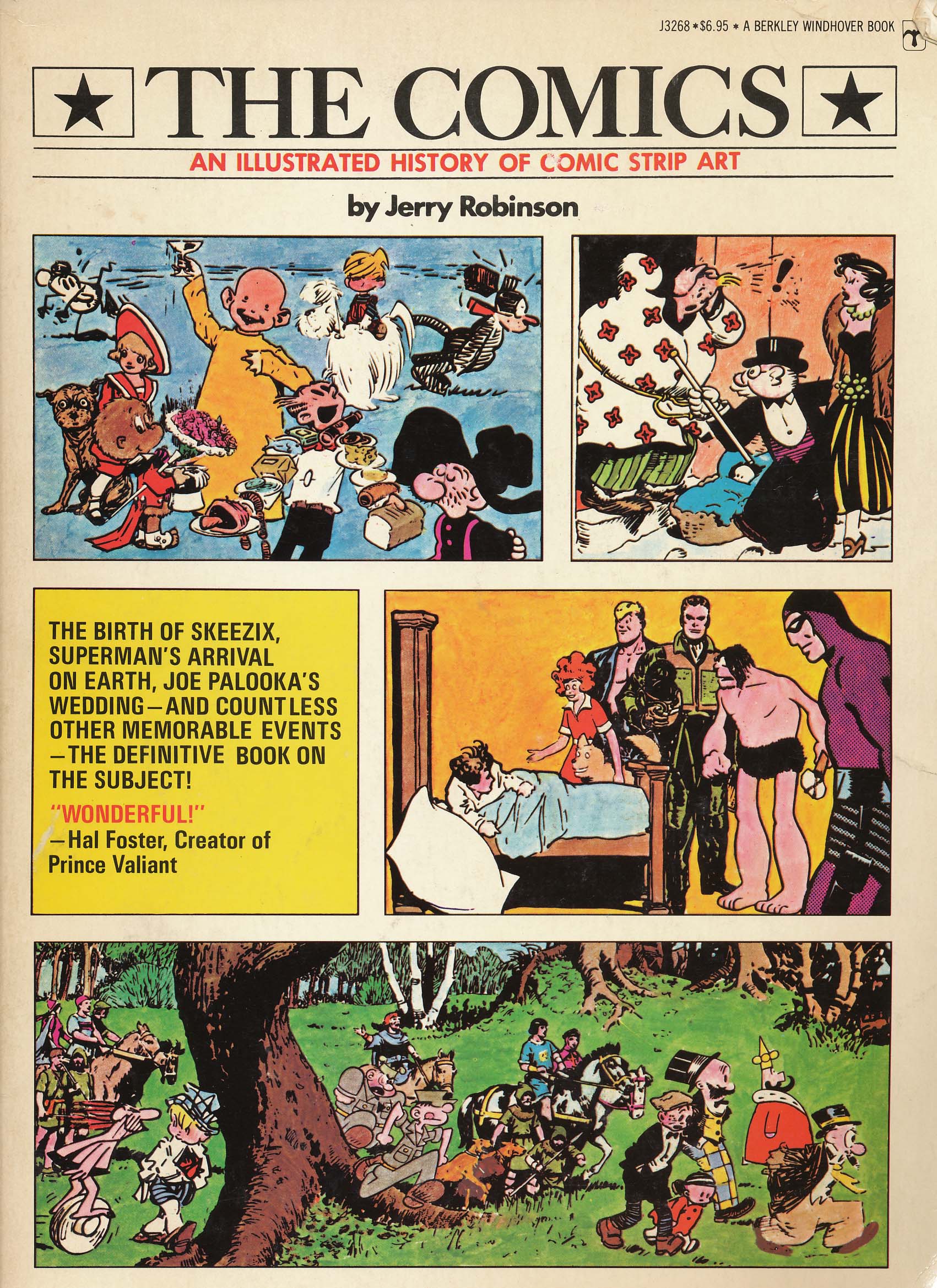
Mixing Fun with Finance: Engaging Ways to Teach Financial Literacy
Financial literacy is a critical life skill, yet it’s often perceived as a dry and intimidating subject. This perception can make it challenging to engage individuals, especially younger generations, in learning about money management. However, by infusing fun and creativity into finance lessons, we can transform this essential knowledge into an enjoyable and accessible experience. This article explores various strategies to effectively mix fun with finance, making financial literacy more engaging and impactful.
Why Make Finance Fun?
Before diving into the methods, let’s understand why it’s crucial to make finance fun:
- Overcoming Aversion: Many people avoid dealing with finances due to anxiety or a lack of confidence. Fun activities can lower the emotional barriers and make the subject less daunting.
- Increased Engagement: Engaging activities capture attention and encourage active participation, leading to better retention of information.
- Real-World Relevance: When finance is linked to enjoyable experiences, it becomes more relatable and applicable to everyday life.
- Long-Term Habits: Positive early experiences with finance can foster responsible money management habits that last a lifetime.
Strategies for Mixing Fun with Finance
Here are several effective strategies to blend entertainment with financial education:
1. Gamification
Gamification involves incorporating game-like elements into non-game contexts. This can be a highly effective way to make finance more engaging.
- Budgeting Games: Create a game where participants must manage a virtual budget, making choices about spending, saving, and investing. Reward wise decisions and penalize poor ones.
- Investing Simulations: Use online stock market simulators to allow participants to experience the ups and downs of investing without risking real money.
- Financial Trivia: Host trivia nights with questions about personal finance, economics, and investing. Offer prizes for correct answers.
- Reward Systems: Implement a point-based system where participants earn points for completing financial tasks, such as tracking expenses or setting savings goals. These points can be redeemed for small rewards.
2. Interactive Workshops and Activities
Hands-on activities provide a more immersive learning experience than traditional lectures.
- Money Jar Challenge: Provide participants with jars labeled "Spending," "Saving," and "Giving." Have them allocate a set amount of play money into each jar, discussing the importance of balancing different financial goals.
- Needs vs. Wants Sorting: Create a sorting activity where participants distinguish between essential needs and non-essential wants. This helps them understand the difference between necessities and discretionary spending.
- Mock Auctions: Organize a mock auction where participants bid on items using play money. This can teach them about budgeting, value assessment, and the psychology of spending.
- Guest Speakers: Invite financial experts or entrepreneurs to share their personal experiences and insights in an engaging and relatable way.
3. Storytelling and Role-Playing
Stories and role-playing can make abstract financial concepts more concrete and relatable.
- Case Studies: Present real-life financial scenarios and have participants analyze the situation, identify potential solutions, and make recommendations.
- Role-Playing Exercises: Assign participants roles such as a landlord, tenant, employer, or employee, and have them negotiate financial terms and agreements.
- Financial Fables: Create or adapt traditional fables to incorporate financial lessons. For example, a story about a grasshopper who spends all summer playing while an ant diligently saves can teach the importance of planning for the future.
- Personal Finance Diaries: Encourage participants to keep a diary where they track their spending, reflect on their financial decisions, and set goals.
4. Technology and Multimedia
Leverage technology to create dynamic and interactive learning experiences.
- Financial Apps: Introduce budgeting apps, investment platforms, and other financial tools that can help participants manage their money more effectively.
- Educational Videos: Use short, engaging videos to explain complex financial concepts in a simple and visual way.
- Online Quizzes and Assessments: Create online quizzes and assessments to test knowledge and provide instant feedback.
- Podcasts and Webinars: Utilize podcasts and webinars to deliver financial education content in an accessible and convenient format.
5. Creative Arts and Expression
Incorporate creative arts to engage different learning styles and make finance more memorable.
- Financial Vision Boards: Have participants create vision boards that represent their financial goals and aspirations.
- Money-Themed Art Projects: Organize art projects that incorporate money or financial themes, such as creating collages, sculptures, or paintings.
- Financial Songs and Poems: Encourage participants to write songs or poems about money management, saving, or investing.
- Financial Literacy Skits: Develop and perform short skits that illustrate common financial mistakes and best practices.
6. Real-World Projects and Simulations
Simulating real-world financial situations can provide valuable hands-on experience.
- Micro-Business Projects: Encourage participants to start small businesses, such as selling crafts or providing services. This can teach them about budgeting, marketing, and profit management.
- Charity Fundraising: Organize fundraising events for a local charity. This can teach participants about budgeting, fundraising, and the importance of giving back to the community.
- Group Investment Projects: Have participants pool their money to invest in a small project, such as buying and selling items online. This can teach them about investing, risk management, and teamwork.
- Simulated Household Management: Assign participants roles within a simulated household, where they must manage income, expenses, and savings.
7. Tailor Content to the Audience
It’s essential to tailor financial education content to the specific needs and interests of the audience.
- Age-Appropriate Activities: Design activities that are appropriate for the age and developmental level of the participants.
- Cultural Sensitivity: Be mindful of cultural differences and values related to money management.
- Personalized Learning: Provide opportunities for participants to explore topics that are most relevant to their individual circumstances.
- Feedback and Evaluation: Regularly solicit feedback from participants to ensure that the content is engaging and effective.
Examples of Fun Finance Activities
- "The Price is Right" – Financial Edition: Adapt the popular game show to teach about the costs of everyday items and the importance of comparison shopping.
- "Shark Tank" – Personal Finance Edition: Have participants pitch their own financial ideas or solutions to a panel of "sharks" (judges).
- "Escape Room" – Financial Literacy Challenge: Design an escape room with puzzles and challenges that require participants to apply their financial knowledge to escape.
- "Financial Scavenger Hunt": Create a scavenger hunt where participants must find and answer questions related to personal finance in a specific location or online.
Conclusion
Mixing fun with finance is essential for making financial literacy more engaging, accessible, and effective. By incorporating gamification, interactive activities, storytelling, technology, creative arts, and real-world projects, we can transform finance from a daunting subject into an enjoyable and empowering learning experience. When financial education is fun, it becomes more memorable, relatable, and likely to lead to long-term positive financial habits. By tailoring content to the audience and continuously seeking feedback, we can ensure that financial education remains relevant, engaging, and impactful for all.



